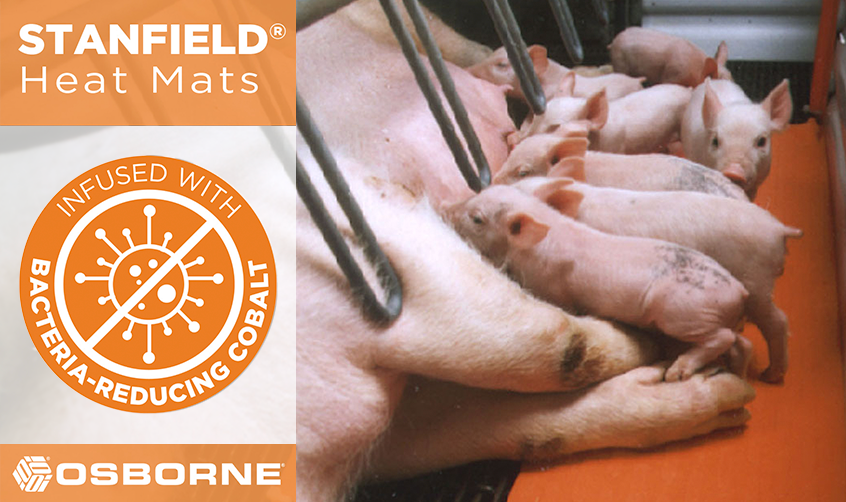



The Breeding Herd
By Livestock Knowledge Transfer, UK - This article is the first of two reports on "The EU Directive On Pig Welfare" and looks at the key changes for the breeding herd
European consumers are placing increasing emphasis on animal welfare and this is reflected in changes in legislation impacting on UK pig producers.
The revisions to the current EU pig welfare directive, which were adopted by the agriculture ministers on 23 October 2001, contain many important changes which should be implemented in national legislation by all member states by 1st January, 2003
Key changes for the breeding herd
- An EU-wide ban on close confinement sow stalls will take full effect on 1st January 2013.
- By 2003 there will be specified space requirements
- Permanent access to manipulable materials
- Sows must be given bulky foods
- Minimum weaning age increased to 28 days
What new housing requirements are coming?
For the first time there will be specified space requirements for loose housed sows (Table 1).
Table 1 Space requirements
| Group size | Total area (m2/sow) | Area of solid floor (m2/sow) | Minimum pen side length (m) |
| 6-39 sows | |||
| Sows | 2.25 | 1.30 | 2.8 |
| Gilts | 1.64 | 0.95 | 2.8 |
| <6 sows | |||
| Sows | 2.48 | 1.30 | 2.4 |
| Gilts | 1.80 | 0.95 | 2.4 |
| >40 sows | |||
| Sows | 2.03 | 1.30 | 2.8 |
| Gilts | 1.48 | 0.95 | 2.8 |
The minimum area shown in the table must be of continuous solid flooring, with a maximum of 15% for drainage openings.
If concrete slatted floors are used, the slats must be at least 80mm wide and the gaps between them no greater than 20mm.
What other new requirements are included?
Sows kept in groups must be fed using a system which ensures that each individual can obtain sufficient food. This is straightforward for systems where individual feeding is practised, but will require good feed distribution and management in group-feeding systems.
To satisfy their hunger, all pregnant sows must also receive sufficient quantity of bulky or high fibre food, as well as high energy food. This could involve increasing the fibre content of the diet or offering supplementary roughage.
Sows must have permanent access to manipulable material such as straw, hay, wood, sawdust, mushroom compost or a mixture of these. This is intended to allow them to express foraging /rooting behaviour and reduce development of abnormal stereotyped behaviour and aggression.
Farrowing sows must be given nesting material unless this is technically infeasible in the slurry system currently used.
An increase in minimum weaning age to 28 days is also specified. However, there is provision for earlier weaning of some litters by up to 7 days in order to maintain “All in-All out” batch systems in the weaner housing.
What will new requirements mean?
A more precise description of the requirements for manipulable material and weaning age is given in a revision to the technical annex of the directive, which was agreed by the Standing
Veterinary Committee on 10 October 2001.
Producers who house sows in systems with straw bedding will readily meet both the requirement for high fibre food and manipulable material. For those who keep sows in unbedded systems, additional measures will have to be taken to provide both dietary bulk and occupation.
What else might be expected in the future?
Looking to the future, the directive calls for another scientific report by 2008. This will review developments in areas where further legislation is a possibility.
- the success of different group housing systems for pregnant sows
- space requirements for breeding boars
- options for loose systems for the service area and for farrowing sows.

Source: Livestock Knowledge Transfer - First published 2001. Added to this site 2003.








